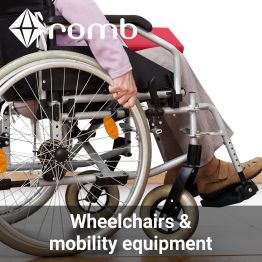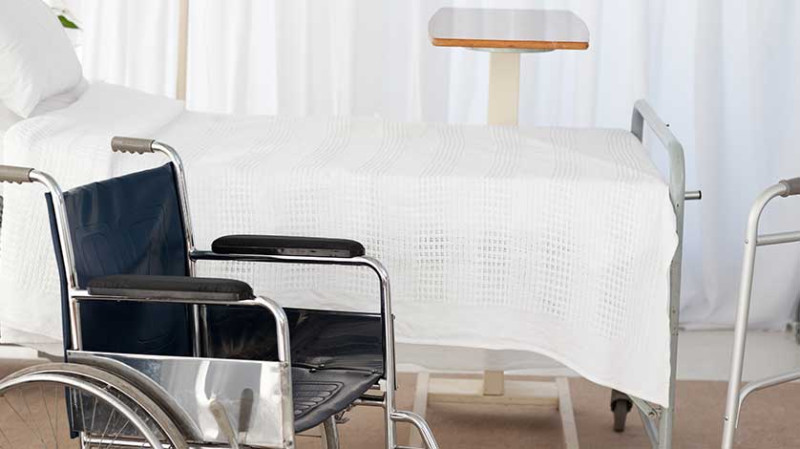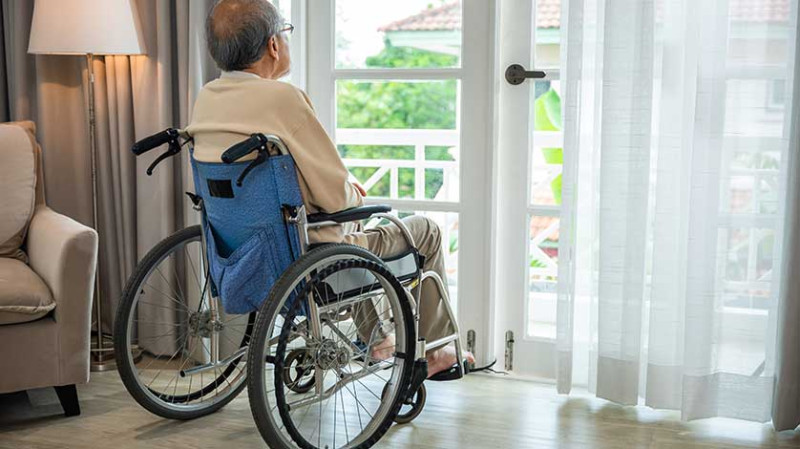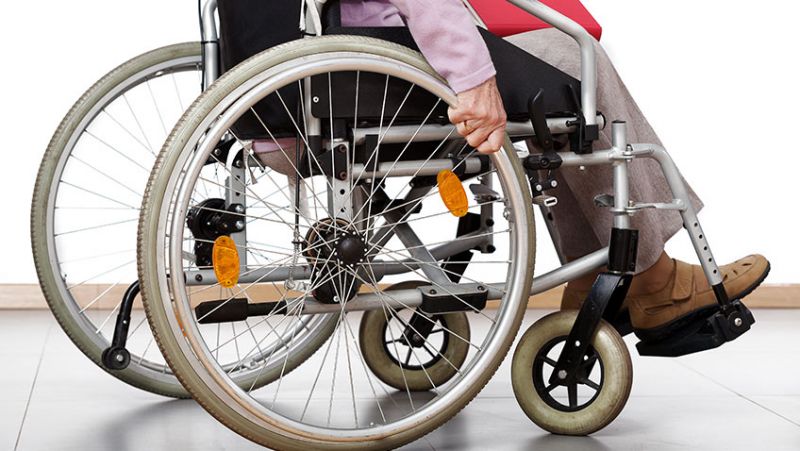
In today’s inclusive society, understanding how to respectfully and thoughtfully interact with people with disabilities is essential. Whether you're working alongside a disabled colleague on a construction site, welcoming clients into a design studio, or helping with a home redecoration, knowing how to treat everyone with dignity can build strong relationships, avoid misunderstanding, and contribute to a more inclusive environment. The best guidance, of course, comes directly from those with lived experience.
Below, we’ve compiled key tips on how to treat people with disabilities – as shared by individuals who live with disabilities themselves. These insights are designed for practical applications and encourage a deeper sense of empathy, especially relevant for UK-based tradesmen, DIY enthusiasts, architects, designers, and young professionals looking to make spaces and communities more welcoming for everyone.
1. See the Person, Not the Disability
Perhaps the most fundamental principle is to focus on the individual rather than their disability. Many people with disabilities say they want to be recognised for their personality, skills, and contributions — not just their physical or mental limitations. Whether your interaction comes during a project pitch, a consultation, or day-to-day social encounters, seeing the whole person helps challenge stereotypes and humanise your connection.
This means avoiding assumptions. Just because someone uses a wheelchair doesn’t necessarily mean they need help, or that they can’t make decisions for themselves. Talk to them directly, not through a friend or carer. Ask about their interests, their ideas, and their preferences — just like you would with any client or peer.
For example, if you're working on a residential renovation and the client has limited mobility, ask questions about how they experience the space rather than assuming what they'll need. This not only shows respect but also results in better design outcomes.
Many disabled professionals mention that they appreciate when people don’t overemphasise their disability but also don’t ignore it when it’s relevant. Find a natural balance — acknowledge accommodations but don’t let them define the relationship.
2. Use Language That Empowers, Not Labels
Language matters. The way we speak about disability has evolved significantly, and it’s important to stay updated on what terminology is respectful versus outdated or offensive. Using people-first language (like “a person with a disability” instead of “a disabled person”) is generally considered more respectful, though in the UK, some prefer identity-first language (like “disabled person”). When in doubt, ask.
Terms like “handicapped,” “wheelchair-bound,” or “suffering from” are widely seen as inappropriate. Instead, use terms such as “wheelchair user” or simply describe the condition without negative connotations.
In professional communication — such as reports, project documentation, or marketing materials — always double-check for respectful, current terminology. This shows professionalism and cultural competence, which clients and collaborators appreciate increasingly in the built environment sector.
One tip from accessibility advocates is to focus on how environments disable people more than their medical conditions. In design and construction, this is especially important. By creating accessible homes or spaces, you're not just helping a person with a disability — you're eliminating unnecessary barriers.
3. Respect Independence and Autonomy
Most people with disabilities value their independence and want to be seen as capable. Offering help is fine — but always ask first and accept "no" as a valid response. Unsolicited assistance, especially physical help, can feel invasive or patronising.
If you're on a job site or in someone’s home and notice that a task seems difficult, try starting with: “Would you like a hand, or are you okay?” This keeps the control with the individual. Equally, if you're designing a custom solution such as a kitchen remodel for someone with reduced mobility, involve them closely in decisions. Don’t assume what they’ll find easiest.
Construction professionals and designers in the UK often encounter clients who are elders, recovering from injury, or living with a lifelong disability. The key to a successful relationship is to empower the client — give them options, explain your thought process, and check in without being patronising.
Respect also means honouring the choices that might not make sense to you but are preferred by the individual. Just as each person has unique taste in decor, they'll have unique needs and ways of navigating daily life.
4. Design and Build with Accessibility in Mind
For tradespeople, architects, and designers, the way you shape built environments plays a critical role in how inclusive our society is. Understanding how to treat people with disabilities includes making their day-to-day environments usable, safe, and affirming.
Universal design principles — which aim to make environments usable by all people, regardless of age or ability — are increasingly adopted by UK professionals working in domestic and commercial projects. Features such as step-free entrances, wider doorways for wheelchair access, accessible bathrooms, and lighting for low-vision users don’t need to compromise aesthetics.
Homeowners and landlords working on renovations should also explore the UK’s Part M Building Regulations, which cover accessibility standards in home builds and extensions. Including features like lever taps, contrasting visual surfaces, and anti-slip flooring is thoughtful and future-proof — especially with an ageing population in the UK.
But don't just follow regulations blindly — collaborate with people who have lived experience. Their input will improve the end result and ensure you meet actual needs, not just legal requirements.
5. Be Mindful of Invisible Disabilities
It’s important to recognise that not all disabilities are visible. Conditions like chronic fatigue syndrome, mental health disorders, neurodivergence, or hearing impairments might not be apparent at first glance. Treating everyone with patience and allowing space for individual needs is a good default approach.
For instance, if a colleague or client seems distracted, sensitive to their environment, or reluctant to make eye contact, don’t jump to conclusions. Disability advocates often remind us that invisible disabilities require the same respect as visible ones — and sometimes more understanding due to lack of awareness.
From a customer service standpoint, this means being receptive without being prying. If someone requests accommodations, respond with empathy: “Thanks for letting me know. We’ll do our best to meet your needs.”
Ensure your website, brochures, and contact methods are accessible too. Use proper contrast ratios, closed captions in videos, and clear step-by-step instructions. These small changes show that you've thought of everyone, which builds trust in your business.
6. Improve Accessibility in Communication
Whether you’re writing an email to a deaf client or conducting a home consultation with someone on the autism spectrum, how you communicate has real impact. People with disabilities frequently report feeling excluded from conversations or key decisions simply due to poor communication.
Speak clearly and at a natural pace. Avoid jargon or overly technical terms unless they’re expected in your field — and when they are, explain them simply.
Make sure learning materials, presentations, or product instructions are available in multiple formats (written, visual, video). Provide subtitles and text descriptions where possible, and offer to read written materials aloud if that’s helpful.
If you're holding a meeting or a workshop, check that the location is physically accessible and consider providing British Sign Language (BSL) interpretation or a notetaker upon request. These practices, though simple, go a long way toward deepening inclusivity and client satisfaction.
7. Educate Yourself Continuously
The landscape of disability rights and etiquette is always evolving. With increasing awareness of intersectionality and lived experiences, it’s vital to keep learning. Subscribe to publications, follow disability advocates on social media, and attend webinars or training sessions focused on accessibility and inclusive design.
Here in the UK, organisations like Scope, Disability Rights UK, and AccessAble offer valuable resources for tradesmen, property owners, and businesses looking to stay informed about best practices.
If you’re managing a team, make disability awareness part of your health and safety training. From construction to consulting, a little knowledge can prevent accidents and promote team cohesion.
Continuous education isn’t just about being politically correct — it’s about offering better service and creating spaces where everyone, including disabled customers and colleagues, feels welcome and respected.
Final Thoughts
Creating an environment where people with disabilities feel respected, understood, and empowered is not just the right thing – it’s a smart business decision. As the demand for accessible homes and inclusive spaces rises across the UK, professionals who build these values into their work will stand out.
Listen to disabled voices. Collaborate with stakeholders. And treat everyone not with pity, but with partnership. When we shift our mindset from obligation to opportunity, we not only lift barriers, but raise the standard of design and care for all.
In design, decoration, construction, and beyond — treating people with disabilities respectfully is about more than etiquette. It’s about equity, empathy, and excellence. Let’s lead by example and shape a built environment that considers all.





